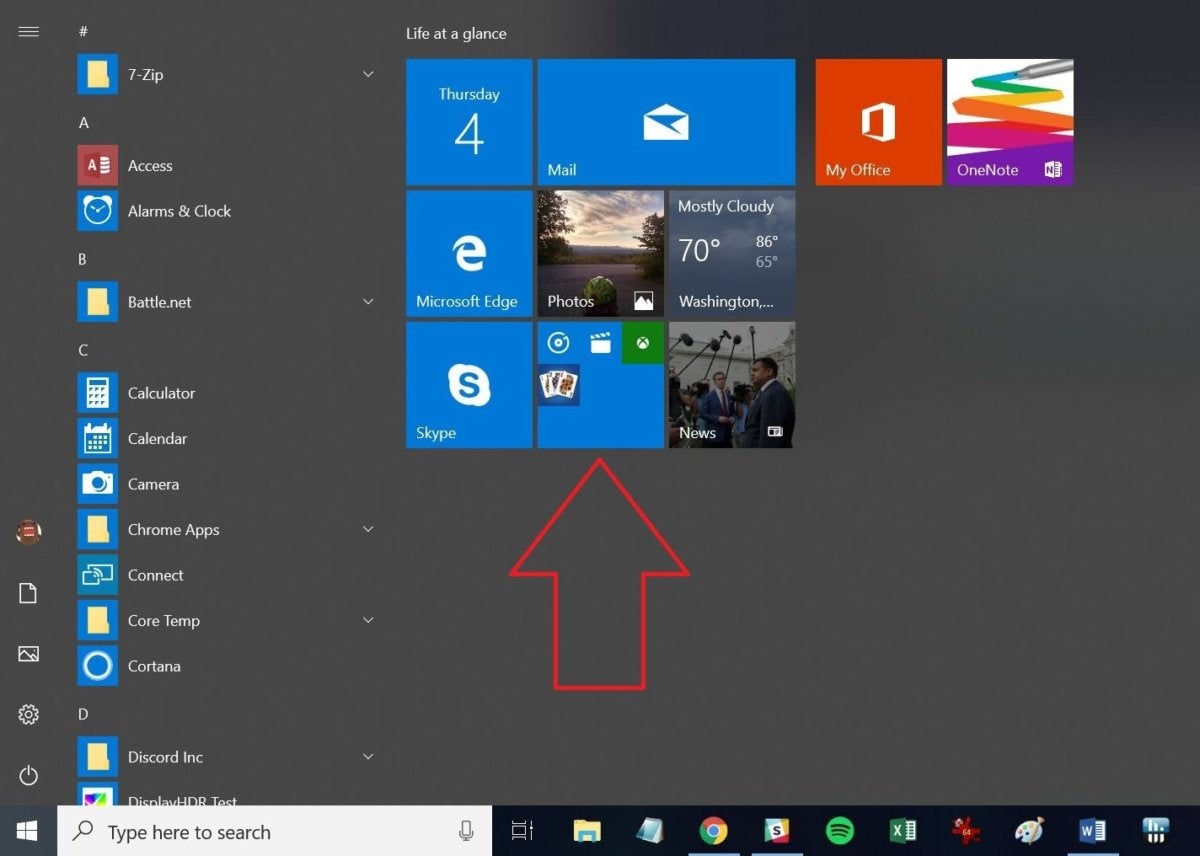

#Windows 10 start menu folder locations windows 10#
Here’s how you can disable unwanted startup apps to improve the speed of your Windows 10 operating system. This doesn’t only slow down your boot time, but may cause serious performance drops as these applications continue running in the background. Some apps, especially freeware, often make modifications to your system and set unnecessary startup apps.
#Windows 10 start menu folder locations how to#
How to disable startup apps in Windows 10 This will launch File Explorer with the correct folder open. Type in “ shell: common startup ” without quotation marks and press the Enter key on your keyboard.Navigate to the following location: C:\ProgramData\Microsoft\Windows\Start Menu\Programs\StartUp.As the name suggests, these are universal, meaning that the same applications will launch for every user when they log into their accounts on the computer. If you have 2 or more local users on your Windows 10 system, a different Startup folder controls what applications launch when a user signs into Windows 10. How to find the Startup folder for all users Navigate to Microsoft → Windows → Start Menu → Programs → Startup.Type in “ %appdata% ” without quotation marks and press the Enter key on your keyboard.This is going to bring up the Run utility. Press the Windows + R keys on your keyboard.Navigate to the following location: %appdata%\Microsoft\Windows\Start Menu\Programs\StartupĪlternatively, you can use the Run utility to reach the same location using a different approach.This can be done by clicking on the Explorer icon in your taskbar, or by pressing the Windows + E keys on your keyboard. With the steps below, you can easily locate the Startup folder for the local user currently logged in on the system. Otherwise, focus on the personal Startup folder. This is only applicable if you have or plan to have multiple local users on Windows 10. There are two versions of this folder: your one, and one for all users on the device. Let's see how to locate the Startup folder in Windows 10. Where is the Startup folder in Windows 10? Add an app to run automatically at startup in Windows 10.How to disable startup apps in Windows 10.How to find the Startup folder for all users.How to find the personal Startup folder.Where is the Startup folder in Windows 10?.Recommended: How to remove the Activate Windows 10 watermark This was later changed in newer systems created by Microsoft, but some users still look to utilize it. In the past, specifically in Windows 7, the folder was easily accessible from the Start menu itself. Having direct access to this folder allows you to quickly add or remove startup apps without the hassle of using the Task Manager and other means.

You might be asking yourself: what is the Windows 10 Startup folder? The startup folder contains shortcuts to every application that launches when you sign in with your local Windows 10 account. Learn how to locate and access the Windows 10 Startup folder here. The shortcut icon will now appear in the sidebar of the Start Menu.The Startup folder has been a part of Windows for decades and went through many changes. On the next screen, turn on the sliders for the folders you wish to keep – File Explorer, Music, Documents, Videos, Network, and so on.Click Choose which folders appear on Start.Click on Settings then Personalization and then Start.You can also press the keyboard shortcut Windows Key + I for Settings. Launch the Start menu by pressing the Windows Key or click on the Windows icon in the corner.How to add folder shortcuts to the Start Menu Here’s what you need to do to add folder shortcuts in the left side bar of the Start menu. You can use the Start Menu to quickly launch Documents as well as Pictures, however, you can also put more shortcuts like File Explorer, Downloads, Music, Videos, Network, and Personal folder. Here’s how to add folder shortcuts in the Start menu on Windows 10. A handy list of shortcuts to popular locations are available in the Start menu in a tiny sidebar, locations like Documents, Pictures, Settings, and you can customize which shortcuts you want it here to appear. The Windows 10 Start menu has a handful of features that you may use such as using the fullscreen Start menu, hiding apps in the Start menu, and adding folder shortcuts to it.


 0 kommentar(er)
0 kommentar(er)
